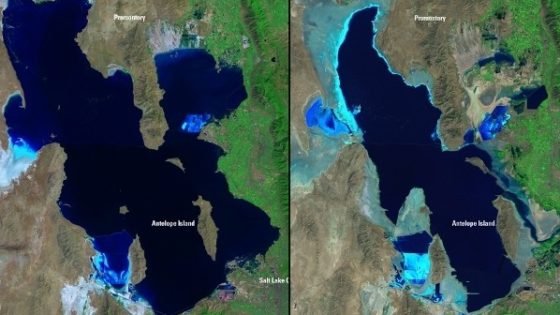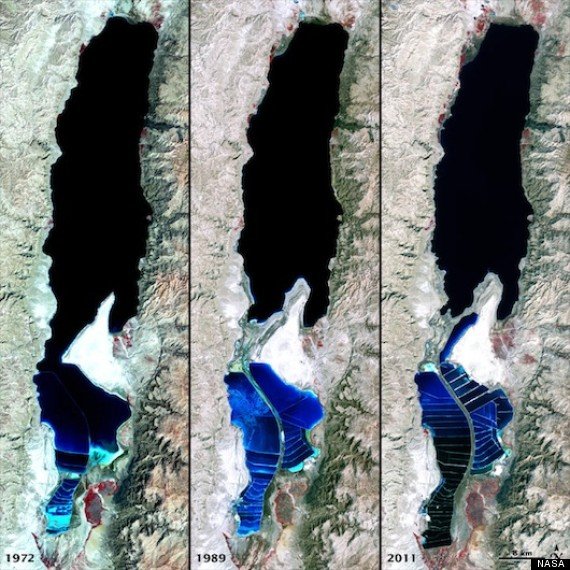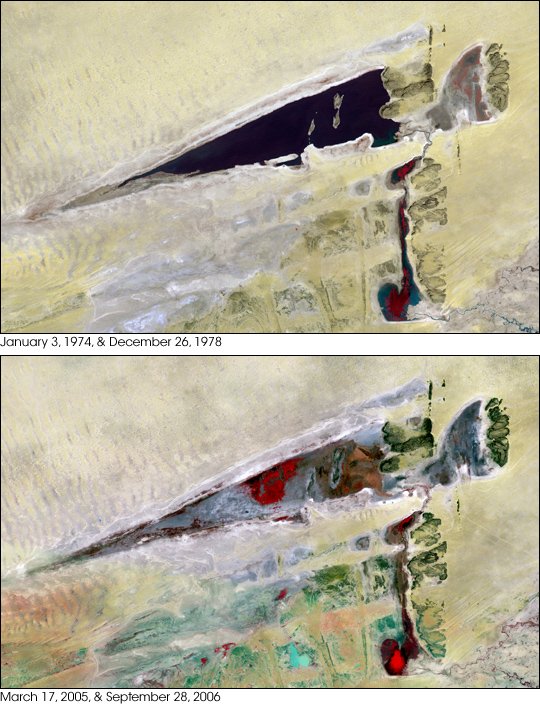Huntington’s genetics.
I am an educator at heart and I love what I do.
Huntington’s genetics.
In this episode I explain the components of a monohybrid cross.
In this video I explain how you should complete your notes in your workbook.
In this lesson we cover the basics of chromosome structure and function, what a pedigree diagram is and what it is used for as well as a short explanation of what a monohybrid cross is.
Watch out over the next few weeks for more videos like this.




Rivers in China, Russia, Lebanon, and the Netherlands, as well as bodies of water in the United States, Australia and Sri Lanka, have all turned blood red recently, as reported by reputable news outlets, leaving scientists and experts baffled.






The world’s saltwater lakes are drying up and scientists have long suspected climate change was to blame. Now, a study reveals another potential culprit: thirsty humans.
One hundred billion gallons of water don’t just go missing overnight. In the past, it took decades for man-made water diversion projects and changes in climate to dramatically reduce the size of some of the world’s largest bodies of water. Today, water around the globe is disappearing faster than ever.

Since 1847, the Great Salt Lake has steadily shrunk, reaching its lowest recorded level in 2016. Today, the lake is 3.6 meters below its 1847 level and just half its original volume.





This is so much fun!
Describing the beauty of nature
The adulterated truth!
Everything You Need To Know About Small Flock Chickens & More
Lifelong learning
Explore ideas worth spreading
Alex Quigley's blog sharing ideas and resources on literacy and education
K12 educational transformation through technology
The Science of Life
tell your stories, love your life